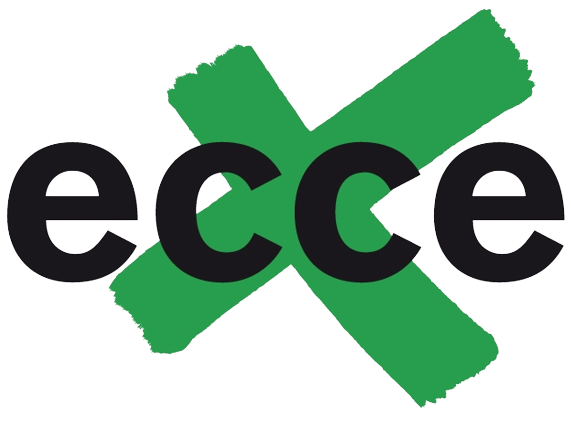How do you triangulate the epicenter of an earthquake?
Scientists use triangulation to find the epicenter of an earthquake. When seismic data is collected from at least three different locations, it can be used to determine the epicenter by where it intersects. Every earthquake is recorded on numerous seismographs located in different directions.
What type of plate margin was the Japan earthquake 2011?
subduction
The great Tohoku-oki earthquake [moment magnitude (Mw 9.0)] on 11 March 2011 occurred in a megathrust zone formed by the active subduction of the Pacific plate beneath the Okhotsk plate along the Japan Trench (Fig. 1).
Was the epicenter of the 2011 Japan earthquake deep?
The epicentre was located some 80 miles (130 km) east of the city of Sendai, Miyagi prefecture, and the focus occurred at a depth of 18.6 miles (about 30 km) below the floor of the western Pacific Ocean.
How do you do triangulation method?
Example: Methodological triangulation In your study, you use behavioral, survey, and neural data to get a complete picture of what motivates people to behave cooperatively. You recruit participants to perform team games in a behavioral controlled lab experiment and record observations.
What is triangulation and how does it work earthquakes?
Triangulation is a method that uses distance information determined from 3 seismic stations to uniquely locate the earthquake. On a map, circles are drawn around each seismic station. The radius of the circle are scaled to the estimated distance from the station to the earthquake.
What plate boundary is Japan located on?
convergent plate boundary
Japan has been situated in the convergent plate boundary during long geohistorical ages. This means that the Japanese islands are built under the subduction tectonics. The oceanic plate consists of the oceanic crust and a part of the mantle beneath it.
What was the latitude and longitude of the Tohoku earthquake?
According to JMA, the epicenter of the earthquake was 130 km east-southeast of the Oshika Peninsula at 38° 06.2′ north latitude and 142° 51.6′ east longitude and at a depth of 24 km.
Where was the epicenter of the 2011 Great Sendai Earthquake?
On March 11, 2011, at 2:46 p.m. local time (05:46 Universal Time, or UTC), a magnitude 9.0 earthquake struck off the east coast of Japan, at 38.3 degrees North latitude and 142.4 degrees East longitude. The epicenter was 130 kilometers (80 miles) east of Sendai, and 373 kilometers (231 miles) northeast of Tokyo.
What is the epicenter of an earthquake?
The epicenter is the point on the earth’s surface vertically above the hypocenter (or focus), point in the crust where a seismic rupture begins.
What are the two types of seismic wave used in triangulation method?
Triangulation is only possible when there are accurate measurements of the times at which P waves and S waves show up at each seismometer. Some techniques use only the P waves. Others also consider the time difference between the arrival of the first P waves and S waves.
How is triangulation method used to locate the epicenter of an earthquake quizlet?
How is triangulation method used to locate the epicenter of an earthquake? On a map, a circle is drawn around each of three recording stations, with the radius being the distance from the station to the epicenter of the earthquake. The epicenter is located where the three circles intersect.
What type of plate boundary causes earthquakes in Japan?
Japan has been situated in the convergent plate boundary during long geohistorical ages. This means that the Japanese islands are built under the subduction tectonics.
Which tectonic plates cause earthquakes in Japan?
The 8.9-magnitude earthquake that struck coastal Japan on Friday, devastating large swaths of the coast and spawning a powerful tsunami, was caused by the Pacific tectonic plate thrusting underneath the country, and forcing the seabed and ocean water upward.
Where was the Epicentre of the 2011 tsunami?
Tōhoku, Japan
The magnitude 9.1 (Mw) undersea megathrust earthquake occurred on 11 March 2011 at 14:46 JST (05:46 UTC) in the north-western Pacific Ocean at a relatively shallow depth of 32 km (20 mi), with its epicenter approximately 72 km (45 mi) east of the Oshika Peninsula of Tōhoku, Japan, lasting approximately six minutes.
Where was the focus of the Japan earthquake 2011?
Sendai
On March 11, 2011, at 2:46 p.m. local time (05:46 Universal Time, or UTC), a magnitude 9.0 earthquake struck off the east coast of Japan, at 38.3 degrees North latitude and 142.4 degrees East longitude. The epicenter was 130 kilometers (80 miles) east of Sendai, and 373 kilometers (231 miles) northeast of Tokyo.
Where is the focus of the earthquake located?
The focus is the place inside Earth’s crust where an earthquake originates. The point on the Earth’s surface directly above the focus is the epicenter.
How big is the epicenter of an earthquake?
The Láska’s empirical rule provides an approximation of epicentral distance in the range of 2 000 − 10 000 km. Once distances from the epicenter have been calculated from at least three seismographic measuring stations, the point can be located, using trilateration.
What is triangulation earthquakes?
Triangulation can be used to locate an earthquake. The seismometers are shown as green dots. The calculated distance from each seismometer to the earthquake is shown as a circle. The location where all the circles intersect is the location of the earthquake epicenter.
